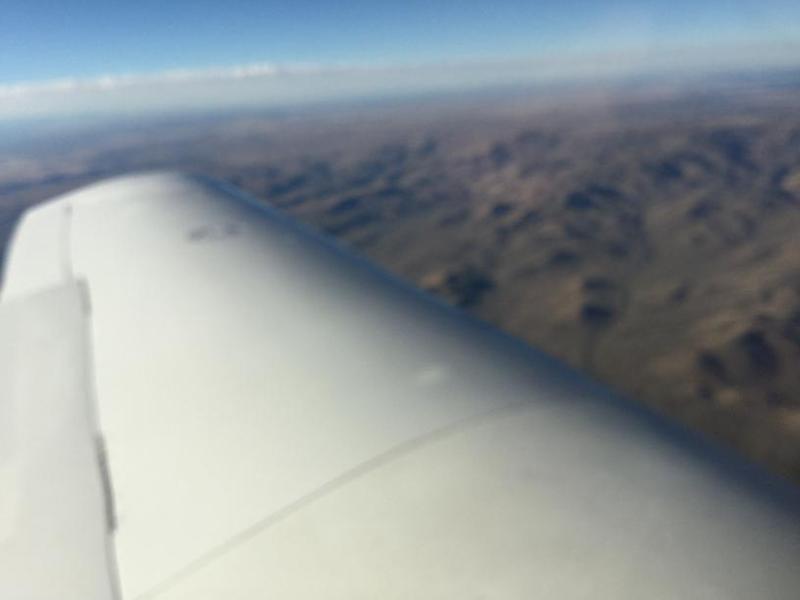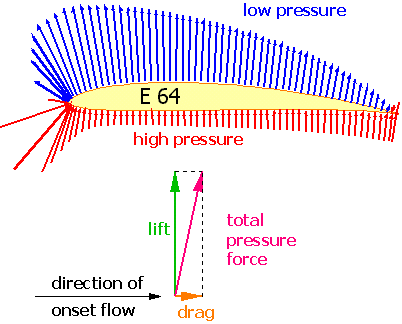snopercod
Well Known Member
Last year I was cruising along at 12,500' in clear weather over Colorado and started seeing this shiny gray stuff on the leading edge. It kind of looked wet. Needless to say I was concerned, so I pulled my iPad - the one I was using to navigate - out of its mount and snapped this photo. The camera didn't focus properly, but hopefully someone will be able to guess at what I was seeing. Was it just an optical phenomenon or ice? The OAT at the time was 5C and there was no visible moisture (except in the far distance), so how could it have been ice? Could it have been a thin layer of "fog" due to the sudden decrease in pressure? The wing itself is white. What was going on?

I posed this same question on the Lancair forum last year but never got any meaningful responses. There is a lot more experience over here so I hope y'all won't mind...

I posed this same question on the Lancair forum last year but never got any meaningful responses. There is a lot more experience over here so I hope y'all won't mind...
Last edited:






